The organizational chain of command plays a pivotal role in establishing a structured hierarchy within an organization, enabling effective communication, decision-making, and resource allocation. By defining reporting relationships and establishing a chain of command, enterprises can streamline workflow, facilitate timely decision-making, and foster a sense of direction and purpose. In this article, we will explore the importance of the organizational chain of command, discuss different types of chain of command structures, and provide examples from various sectors.
Contents of this article
What is a chain of command?
The organizational chain of command embodies the structured hierarchy within an organization, wherein authority and decision-making power are delegated from top-level management through various levels down to the lower ranks of the workforce. It establishes a clear line of communication, responsibility, and accountability, allowing for effective decision-making, workflow coordination, and resource allocation.
Why Need an Organizational Chain of Command?
Enterprises need an organizational chain of command for various reasons. Some of the main reasons are discussed below.
- Ensures better coordination and integration
Enterprises require an organizational chain of command for several compelling reasons. Firstly, it ensures better coordination and integration of tasks and activities throughout the organization. By clearly defining reporting relationships, this hierarchical structure allows for smooth information flow, ensuring that vital information reaches the appropriate levels within the organization promptly.
- Enables swift decision-making processes
An organizational chain of command also enables swift decision-making processes. As decisions travel through the established chain, they are often made by individuals who possess the sufficient knowledge, expertise, and authority to handle specific matters. This ensures that decisions are made in a timely and efficient manner, promoting effective problem-solving and reducing bottlenecks that can arise in a more decentralized structure.
Types of Chain of Command
When discussing the organizational chain of command, it’s important to discuss its types. The two main types of chain of organizational command are discussed below:
- Flat Chain of Command
The Flat Chain of Command is characterized by fewer levels of management, resulting in shorter lines of communication and a more decentralized decision-making process. This structure fosters a sense of empowerment amongst employees, enabling quicker responses to challenges and opportunities. The Flat Chain of Command, often found in smaller organizations or startups, promotes innovation, flexibility, and autonomy among team members.
- Vertical Chain of Command
In contrast, the Vertical Chain of Command emphasizes a more traditional approach to organizational hierarchy. This structure comprises multiple layers of management, with clear distinction and delegation of authority at each level. The Vertical Chain of Command is frequently seen in large corporations or government institutions where extensive bureaucracy and strict adherence to rules and procedures are considered crucial.
Examples of Organizational Chain of Command
Depending on the sector, there are different types of organizational chain of command. Here are a few examples:
- Chain of Command in Tech Companies
Tech companies, with their focus on innovation and fast-paced development, often adopt a unique approach to their organizational structure. A typical tech company usually consists of several departments, each catering to different aspects of the business. However, a defining characteristic is the emphasis on flat structures and cross-functional teams that encourage collaboration and creative problem-solving. This horizontal communication method allows for quick decision-making and fosters a sense of autonomy among employees.

- Military Chain of Command
The military, renowned for its discipline and clearly defined hierarchy, operates under a strict chain of command. This hierarchical structure is crucial in maintaining order, coordination, and implementing effective strategies during critical situations. The military's chain of command is built upon a strong pyramid-like structure, with a clear distinction between superior officers and subordinates. Each rank corresponds to specific responsibilities and decision-making powers, ensuring that orders are efficiently passed down and executed. This centralized approach enables the military to respond swiftly to threats and carry out complex operations with precision.
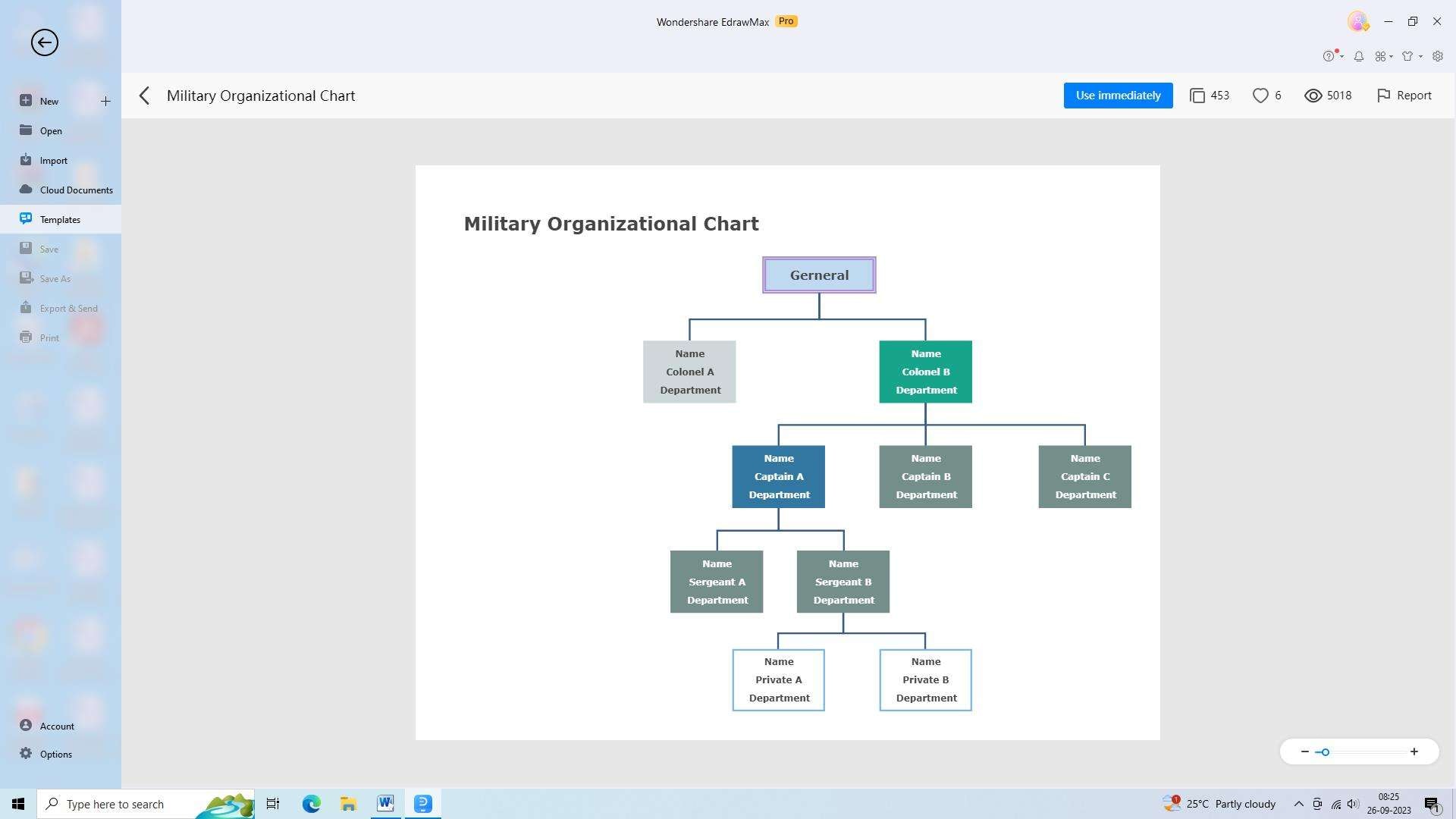
- Restaurant Chain of Command
Restaurants, although belonging to the service industry, also rely on a hierarchical structure to ensure smooth operations and provide excellent dining experiences. The chain of command in restaurants is usually more informal compared to the military but nevertheless plays a critical role in organizational effectiveness. Typically, a restaurant would have a general manager overseeing all operations, followed by departmental managers responsible for areas such as the kitchen, front-of-house, and marketing. This structure allows for clear lines of authority, efficient delegation, and effective coordination between various roles.
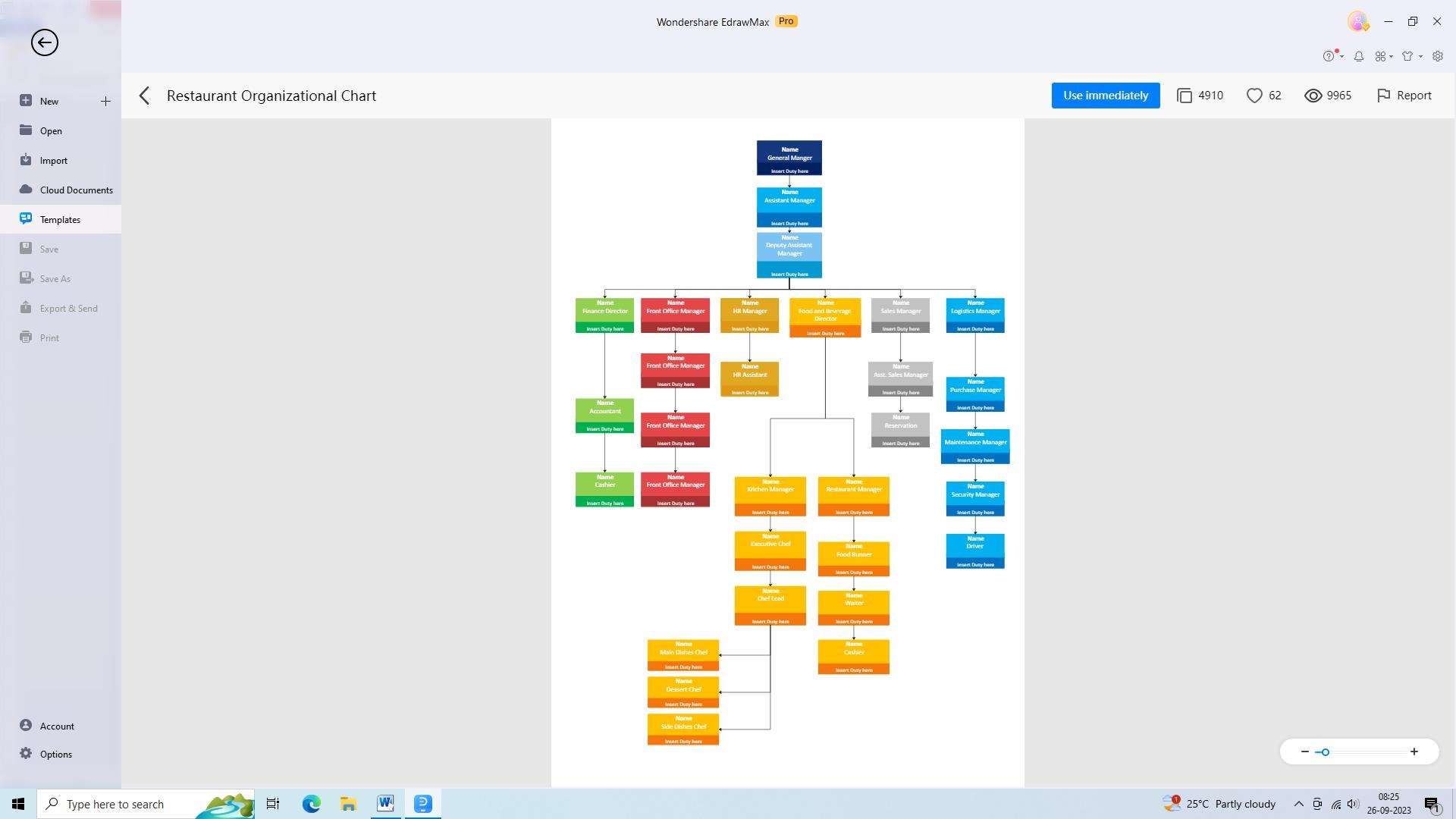
Different Levels in a Chain of Command
There are different levels in a chain of command in organizational structure. These different levels are discussed below:
- Top Level
The top level of the organizational structure is where strategic decision-making takes place. This level includes positions such as CEOs, presidents, and board members. Their main responsibility is to set the organization's vision, mission, and long-term goals. They analyze market trends and make high-level strategic decisions to shape the overall direction of the organization. Top-level executives delegate responsibilities to middle-level managers and ensure that resources are allocated effectively. They also oversee financial processes, manage key stakeholders, and provide guidance to lower levels of the chain of command.
- Middle Level
The middle level of the chain of command acts as a crucial liaison between the top and bottom levels. Middle-level managers, such as department heads and regional directors, play a pivotal role in translating the organization's strategic objectives into actionable plans. They bridge the gap between strategic decisions and their implementation. Middle managers oversee specific divisions or functions, ensuring coordination, communication, and collaboration among teams. They are responsible for allocating resources, supervising projects, and maintaining performance standards. Additionally, middle-level managers act as conduits of information flow, relaying feedback from lower-level employees to senior management.
- Bottom Level
The bottom level of the chain of command consists of frontline employees who directly interact with customers or clients. They are responsible for implementing day-to-day tasks and carrying out assigned duties. These employees contribute to process improvement initiatives by providing valuable insights gained from their interactions with customers. As the first point of contact with the outside world, they have a significant impact on the organization's reputation, customer satisfaction, and brand image. Frontline employees report to middle-level managers and play a vital role in the overall success of the organization.
Using Org Chart Software
To visualize the chain of command of your organization, you can use an org chart software.Wondershare EdrawMax is the best software available for this purpose. The software enables you to create a chart to visualize your chain of command without taking much time. Follow the steps given below for this:
Step 1: Downloading and Launching EdrawMax
To begin creating your organizational chain of command, you'll need to download and launch the EdrawMax software. Visit the official EdrawMax website and download the appropriate version for your operating system. Follow the installation instructions to set up the software on your computer. Once installed, launch EdrawMax to start building your organizational chart.
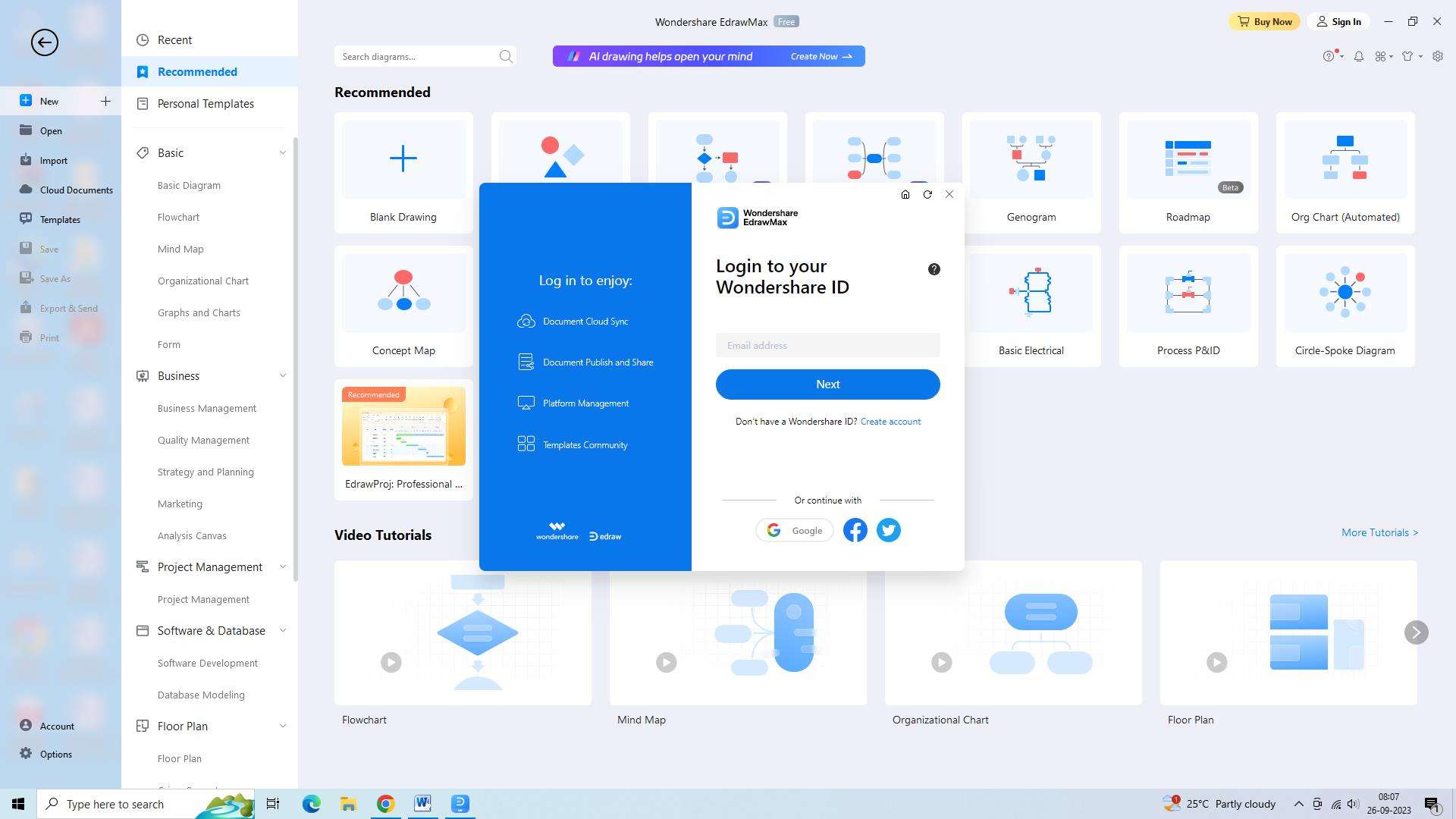
Step 2: Utilizing Templates
EdrawMax offers a wide range of templates specifically designed for organizational charts. These templates provide a basic structure that you can customize to fit your organization's needs. By selecting a relevant template, you can save time and effort in creating your initial organizational chart. These templates can be easily customized to reflect your organization's unique structure.
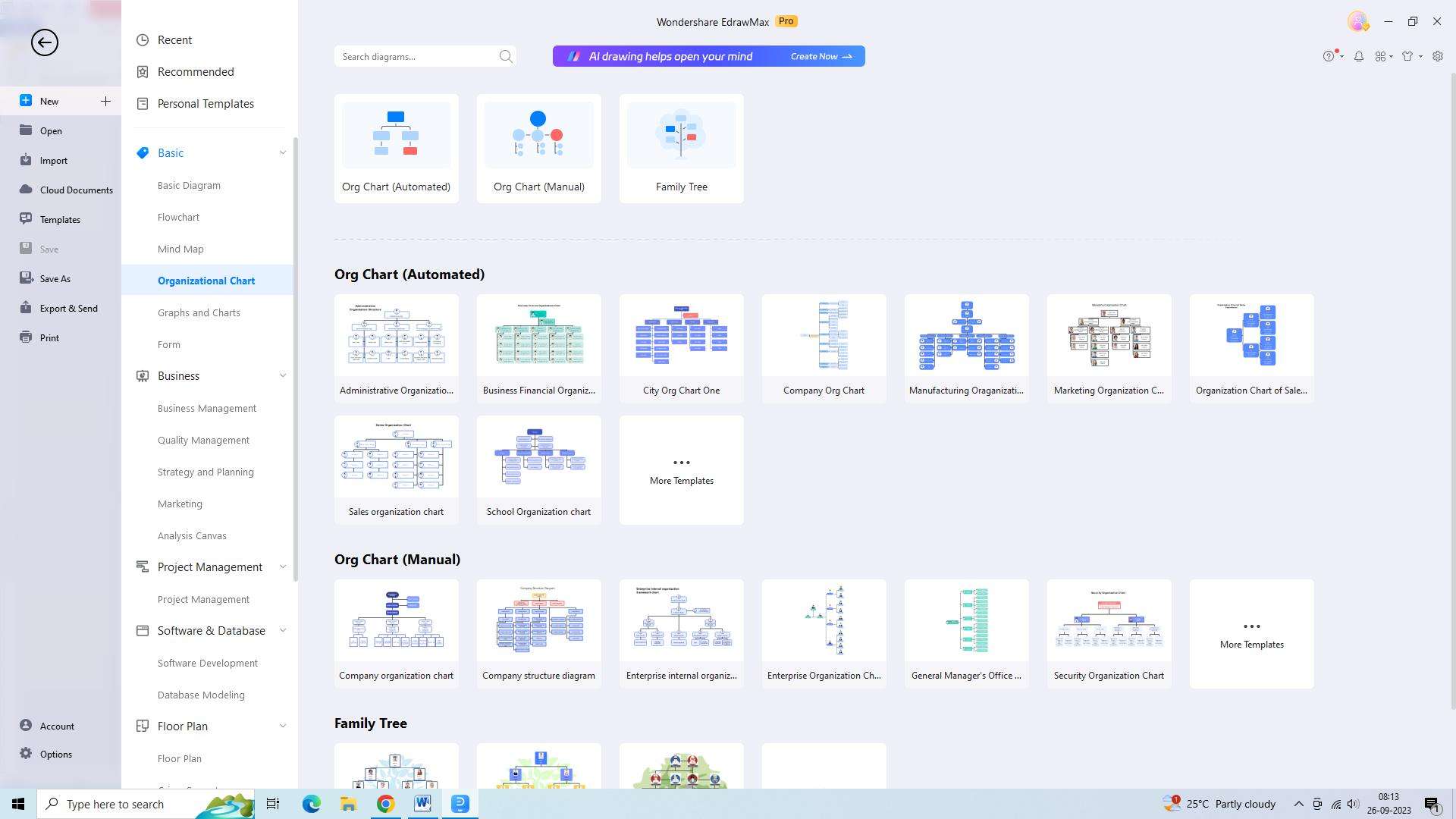
Step 3: Customizing the Chart
Once you've chosen a suitable template, it's time to customize the organizational chart to accurately represent your organization's chain of command. EdrawMax provides a user-friendly interface that makes customization easy. Add departmental names, managerial positions, and employee names within each department. You can resize, reposition, and connect elements to establish reporting lines. Enhance the visual appeal of your chart by incorporating color schemes, fonts, and other visual elements.
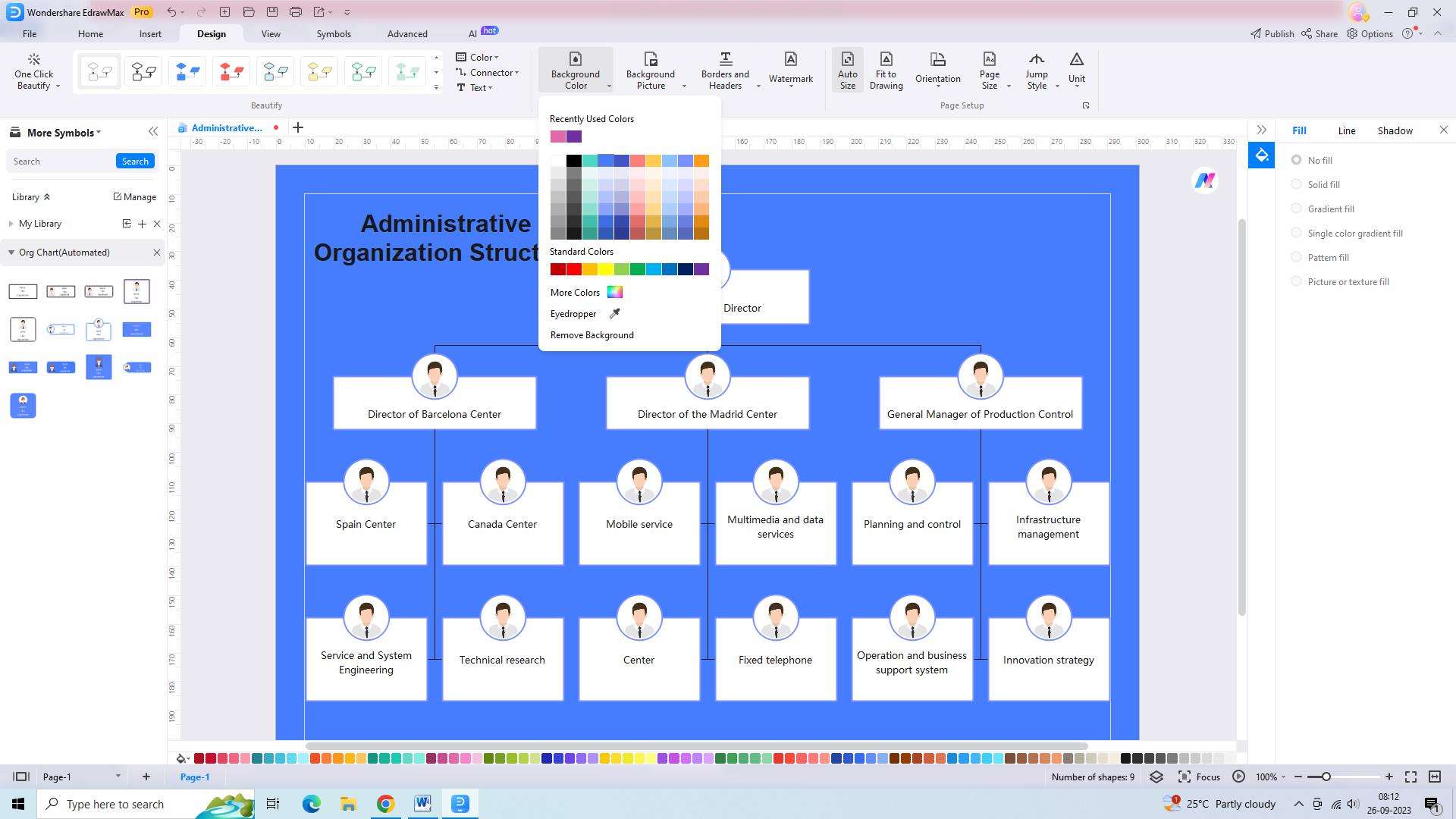
Step 4: Remote Collaboration
In today's remote work environment, remote collaboration is essential. EdrawMax enables seamless collaboration among team members, allowing multiple users to work simultaneously on the organizational chart. Real-time modifications and updates can be made, promoting teamwork and incorporating diverse perspectives. EdrawMax's cloud-based integration allows you to share the chart with colleagues, enabling them to provide input and suggestions.
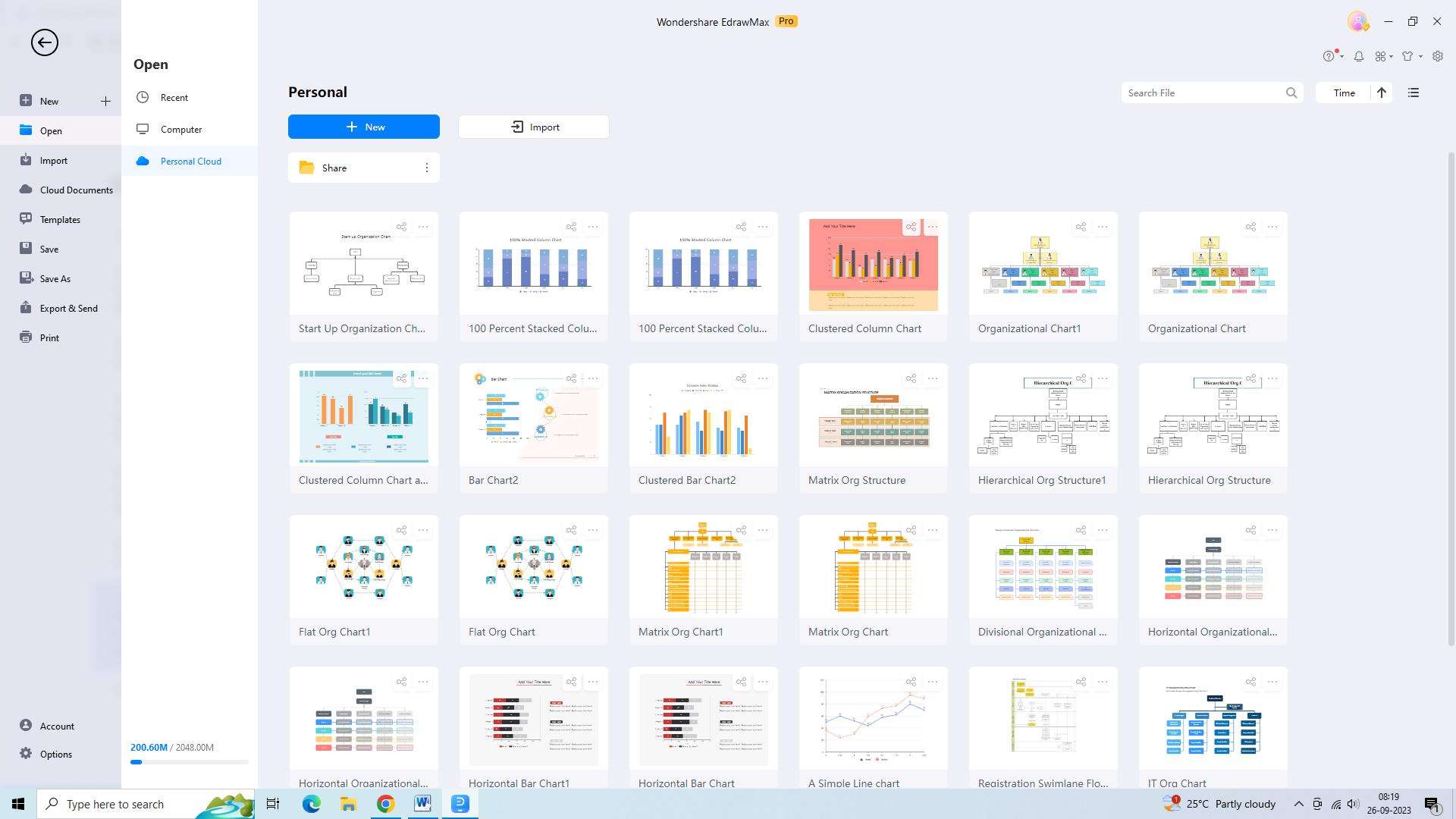
Step 5: Exporting and Sharing
Once you've finalized your organizational chain of command in EdrawMax, it's important to export and share the chart for easy accessibility. EdrawMax offers various file formats for export, such as PDF, PNG, and Word. Choose the format that best suits your needs and ensures compatibility with different devices and software. By sharing the chart electronically, you enable your team members to access and refer to it conveniently whenever needed.
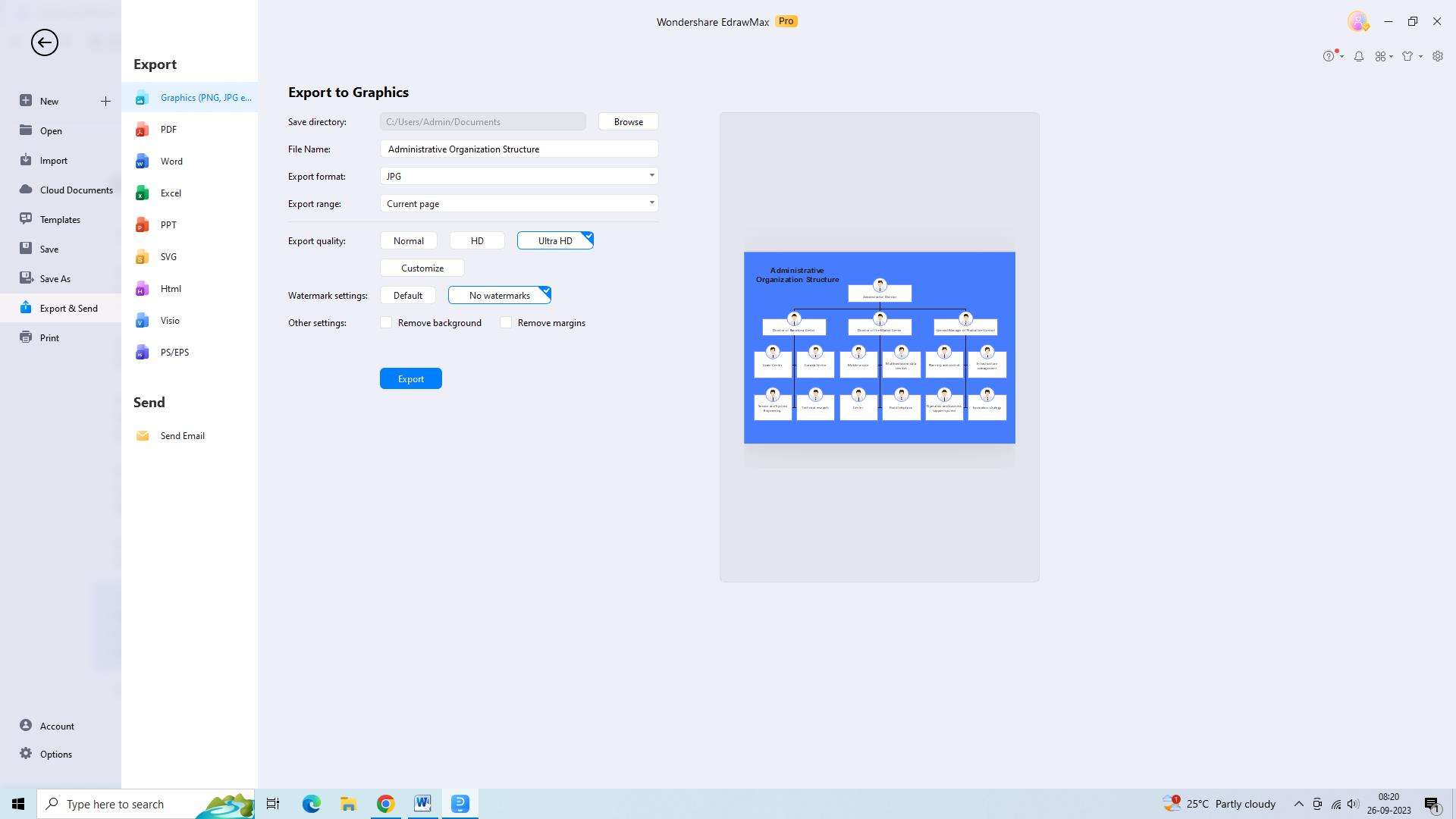
Conclusion
The chain of command organizational structure is crucial for enterprises as it ensures coordination, integration, and swift decision-making. Different types of chain of command, such as flat and vertical structures, exist depending on the organization's size and goals. By visualizing the chain of command using org chart software like EdrawMax, organizations can effectively communicate and collaborate, leading to improved productivity and success.




